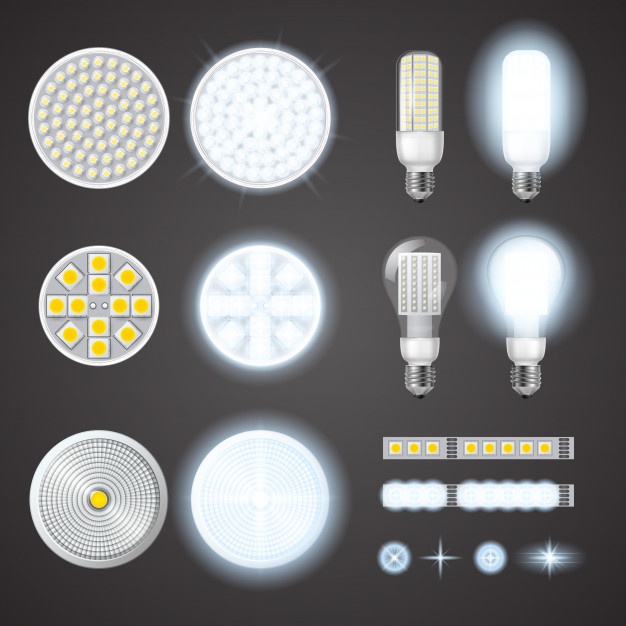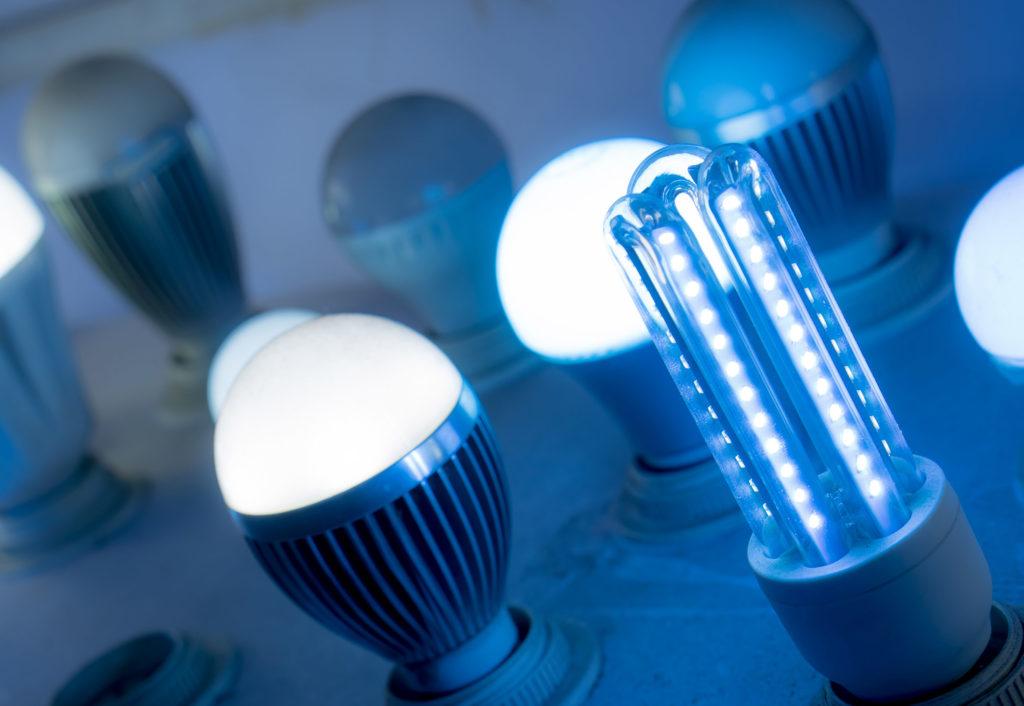Lumen - The forgotten "golden key"
When making a decision to buy lighting products in our home, most of us will immediately think of the wattage (Watt) and assume that the larger the wattage, the brighter the light will be. In fact, the amount of light emitted by a lighting device is measured in lumens instead of wattage as we once thought. In this article, Phenikaa Lighting will help you learn about luminous flux - the forgotten golden key in every lighting device.
1. What is luminous flux (lumens)?
''Luminous flux is a quantity that indicates the radiated power of a light beam emitted by a light source (specifically, an LED) in relation to the visual sensitivity of the human eye. The SI unit of luminous flux is lumens (symbol Lm)'' - (According to Wikipedia).
 In simple terms, luminous flux is the total amount of light that an LED emits in different directions in 1 second of illumination
In simple terms, luminous flux is the total amount of light that an LED emits in different directions in 1 second of illumination
2. Buy Lumens, not Watt
When LED lighting devices are not yet popular, incandescent and fluorescent lamps are the lighting tools of most homes and users often pay attention to the wattage (Watt). The higher the wattage, the brighter the light. In other words, Watt was considered a measure of the power of light at that time and formed the habit of buying bulbs based on the wattage of the bulb. However, wattage, strictly speaking, only reflects the power consumption of the lighting device
 (Source: Phenikaa Lighting)
(Source: Phenikaa Lighting)
With more efficient and energy-efficient lighting technologies available today, especially with the advent of LEDs, wattage is no longer a suitable metric for estimating brightness. Instead, when buying a light bulb, consumers need to pay attention to the luminous flux (lumens) and the luminous efficiency of the device (Lm/W).
Lighting efficiency, also known as luminous efficiency of LEDs, is the ratio between the total luminous flux of the lamp (Lm) and the power consumed (W). This is an indicator that shows the efficiency of the lamp in converting electricity into light energy. The lamp has high luminescence efficiency, is capable of converting energy into large light, for high luminous efficiency with low power. Therefore, the higher the lighting efficiency of the lamp, the more energy-saving the lamp is. Energy efficient bulbs mean less power consumption but still produce the same amount of light.
With its important role, luminous flux - the forgotten golden key, today has become an element that is always required to be clearly stated in the product description on every package, preferred by experts in provide recommended information to help consumers better understand basic lighting efficiency. The higher the lumens, the brighter the bulb. Therefore, when choosing a light bulb, instead of paying too much attention to the wattage (Watt), the smart user will think about the desired brightness by learning about the lumens recorded on each bulb.
3. LED luminous flux
LED lights are considered the best and most economical lamps available today. Most homes use LED lights with a luminous efficiency of about 70 - 90lm/W.. With high luminous efficiency, (about 5 times that of incandescent lamps and 2.5 times of fluorescent lamps) LED lights are contributing to saving the earth's resources. This is one of the reasons why LED lights as well as lamps using LED chips are increasingly popular and popular.
 (Source: Freepik)
(Source: Freepik)
As one of the high-end product lines of Phenikaa Lighting, PHENIKAA SUNAA is an LED light using OSRAM LED chip - the world's leading LED chip, with high luminous efficiency, up to 110lm/W, providing light quality. optimal, balanced for the visual and non-visual perception of the user. SUNAA A02 9W LED product owns a luminous flux of up to 1020 lm, equivalent to a 68W filament lamp, which saves 87% of power consumption, is a superior lighting solution, suitable for all spaces and purposes use.
 SUNAA A02 9W LED product possesses a luminous flux of up to 1020 lm, which is a superior lighting solution, suitable for all spaces and uses.
SUNAA A02 9W LED product possesses a luminous flux of up to 1020 lm, which is a superior lighting solution, suitable for all spaces and uses.
(Image source: Phenikaa Lighting)
4. Choosing to buy LED lights need to pay attention to the luminous flux like?
Choosing a lamp with a large or small luminous flux not only depends on the cost, the ability to save electricity, the durability of the device ... but also depends on the space that the customer installs. LEDs with large luminous flux will make the space brighter and vice versa. Based on the luminous flux index on the lamp, the design and construction unit will calculate the position of the lights, the distance of the lights, the number of lights easily, ensuring the right lighting for the intended use.
By learning about the luminous flux as well as the luminous efficiency of the popular LED lamps on the market, Phenikaa Lighting hopes that customers will equip themselves with more knowledge and "toolkit" to measure the efficiency of LED lamps. lighting capacity of civil lamps. From there, applying it to real life, making it easier for customers to choose the right lighting products and optimize efficiency for their space.

